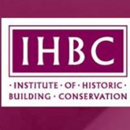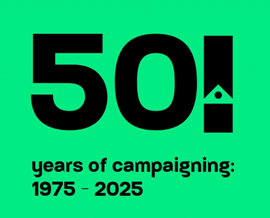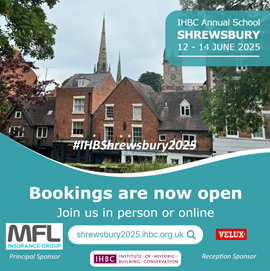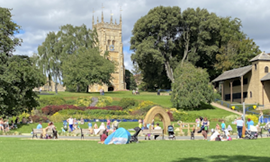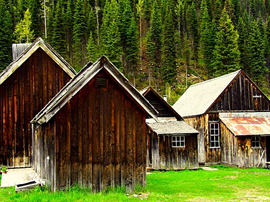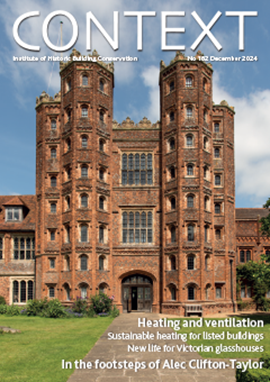Historic Environment Policy and Practice Vol 15 No 2 2024
One example of a linkage and potential knowledge transfer can be found in the most recent issue of Historic Environment Policy and Practice (Vol 15, No 2, 2024). This examines the question of adding balconies during the process of adapting historic apartment blocks. Comparing the local approaches adopted in Germany, Denmark and Poland (more commonly found in the first two than the last), the paper discusses the scope for renovations to improve the spatial qualities of these historic dwellings without compromising their heritage value.
The paper considers the outcome of structured interviews with conservational officers and other stakeholders, recognising the role of balconies in contributing to conservation objectives while also enhancing usability. Practitioners in this country might care to think about this approach in the context of the public versus private benefits debate, which plagues the interpretation of relative harm to significance underpinning English heritage policy.
As a counter to the jibe that heritage management tends to be experts talking to other experts, an interesting paper from Spain raises some very pertinent questions about bridging the gap between heritage professionals and citizens, by examining a consultation-based approach. Current heritage legislation requires a degree of public consultation such as that specified for conservation areas in England under Section 71 of the 1990 act. This paper is therefore an interesting development of a largely ignored approach to public engagement, notwithstanding that there is no published methodology for such exercises in Britain.
If we accept that a key heritage objective should be inclusivity, ensuring that as many people as possible should enjoy the value of their heritage, then the content and accuracy of audience research is an important factor in that process. A paper meriting readers’ examination written by the members of the Museum of London Archaeology (MOLA) highlights the problems of inherent biases, barriers to participation and other risks of citizen exclusion, and what professional processes and actions might benefit all its citizens equally. The problems and dangers of conventional audience research are also highlighted.
This article originally appeared in the Institute of Historic Building Conservation’s (IHBC’s) Context 181, published in September 2024.
--Institute of Historic Building Conservation
Related articles on Designing Buildings Conservation.
IHBC NewsBlog
SAVE celebrates 50 years of campaigning 1975-2025
SAVE Britain’s Heritage has announced events across the country to celebrate bringing new life to remarkable buildings.
IHBC Annual School 2025 - Shrewsbury 12-14 June
Themed Heritage in Context – Value: Plan: Change, join in-person or online.
200th Anniversary Celebration of the Modern Railway Planned
The Stockton & Darlington Railway opened on September 27, 1825.
Competence Framework Launched for Sustainability in the Built Environment
The Construction Industry Council (CIC) and the Edge have jointly published the framework.
Historic England Launches Wellbeing Strategy for Heritage
Whether through visiting, volunteering, learning or creative practice, engaging with heritage can strengthen confidence, resilience, hope and social connections.
National Trust for Canada’s Review of 2024
Great Saves & Worst Losses Highlighted
IHBC's SelfStarter Website Undergoes Refresh
New updates and resources for emerging conservation professionals.
‘Behind the Scenes’ podcast on St. Pauls Cathedral Published
Experience the inside track on one of the world’s best known places of worship and visitor attractions.
National Audit Office (NAO) says Government building maintenance backlog is at least £49 billion
The public spending watchdog will need to consider the best way to manage its assets to bring property condition to a satisfactory level.
IHBC Publishes C182 focused on Heating and Ventilation
The latest issue of Context explores sustainable heating for listed buildings and more.






